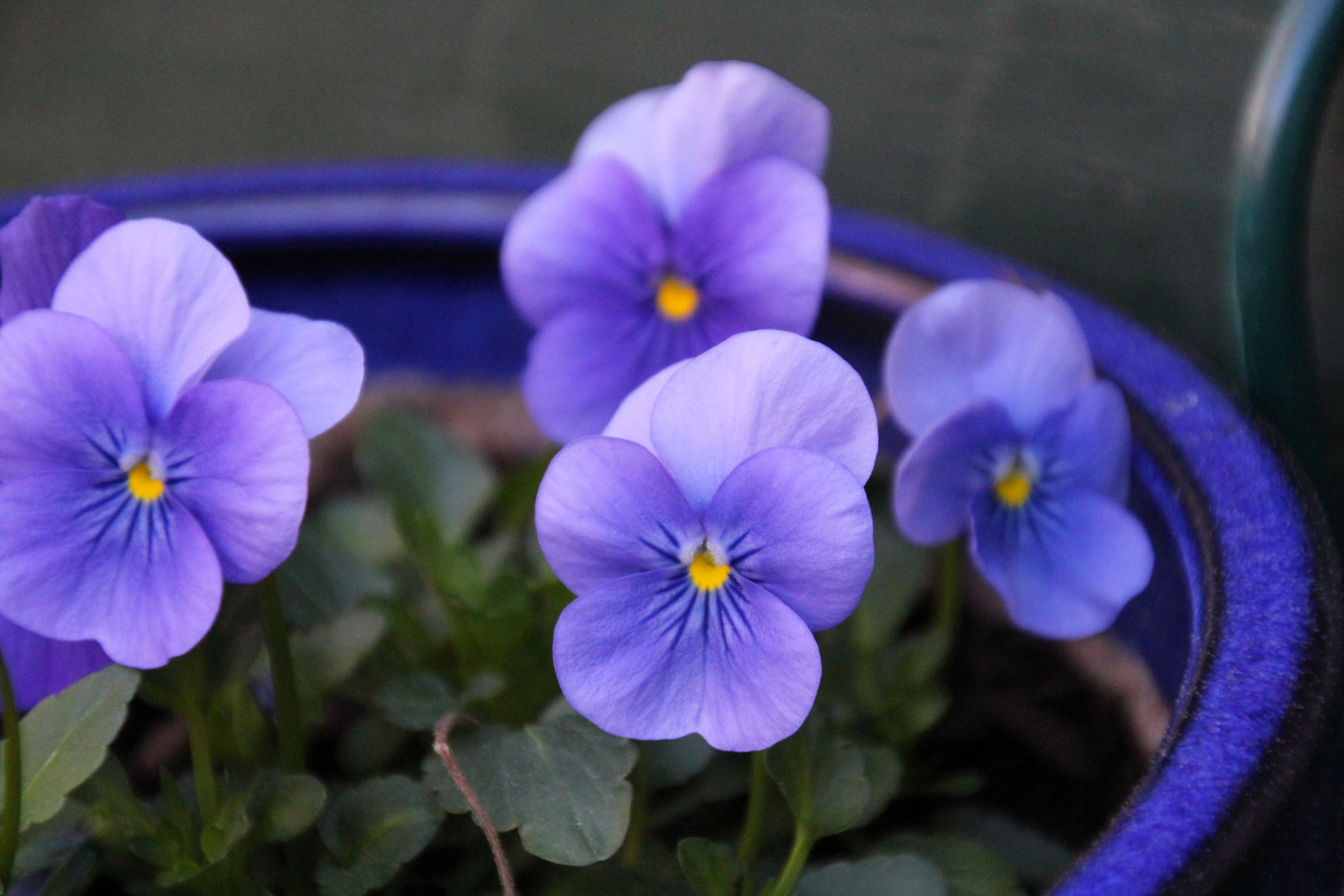Last Updated on April 10, 2024 by Real Men Sow
The Violas genus contains a wide range of plants. These include perennials and seasonal garden pansies, as well as perennials. Violas have small flowers that can tolerate heat and have a long flowering period from early summer through early autumn. Winter bedding is most often used with pansies because they have larger, more vividly coloured flowers.
There are many varieties of violas, so you can find one that suits your garden, from hanging baskets and patio pots to woodland borders. Many viola flowers can be eaten and are a wonderful addition to salads.
Growth Habits of Violas
Violas are native plants of the northern hemisphere. They can be found in all parts of the country and can also be grown in domestic gardens. Many varieties can be grown as annuals or biennials, with a few exceptions being perennial. Violas are self-contained and do not need to be rooted. They can also spread to other areas of the garden or become invasive. However, they will often disperse seeds to new places, making it possible for violas not to be expected.
Growing Conditions that Violas love
Light
Violas can tolerate most conditions. They thrive in full sunlight or part shade, especially in spring. However, they will quickly fade in full heat in the summer sun. It is best to transplant them into the dappled shade.
Soil
Well-drained, moist soil rich in nutrients that have been composted is the ideal soil. To keep your plants healthy and strong, fertilize as necessary.
Spacing
Place young plants about 6 inches apart. You can also sow seeds in plug trays or drills to transplant them once they have been established. It’s also a good idea to sow seeds in some areas by directly planting them in the fall or early spring. Plants that are too tightly packed should be thinned. Leave 4 inches between them so they can grow in their place.
Planting
Plants can be placed in the spring after the danger of hard frost has passed. Violas thrive in cool spring and fall temperatures, but they can also be grown in mid-summer provided that the plants are deadheaded in order to encourage continued blooms.
Propagating Violas
Dividing perennial Viola varieties is a good way to propagate them. In autumn, remove clumps and pull them apart.
Violas: Problem Solving
Viola can become ill from iron deficiency or botrytis (rot, mildew). This can be corrected by proper supplemental fertilizers. Additionally, Leaf spots or Cercospora can occur. This can be prevented by keeping water off the leaves in humid greenhouse conditions. The leaves can be affected by slug and aphid damage, but they will not die.
General Care for Violas
If you regularly deadhead the spent blooms, violas will continue to flower for a long time. If you have containers, water them regularly. To encourage more flowering, trim any untidy plants in the spring. To invigorate perennial plants, divide them in September.
Staking
No staking is required.
Watering
Violas love well-drained soil. They can get root rot and mold from being grown in excess water or in tight spaces. Containers should be kept dry and used as an understory for taller plants in the summer heat.
Fertilizing
Fertilized soil helps violas to grow strong roots, leaves, and flowers. However, don’t overdo it or your stems may become leggy and long. You can also apply fertilizer during flowering, as well as mid-season.
Mulching
Mulch is not required for violas, but they will tolerate mulch to keep their roots moist and shaded.
Trimming & Pruning
Violas do not require any pruning, except to deadhead spent flowers on a regular basis and to trim back if plants get too leggy in the middle of the season, so that they can regrow into a stockier form.

